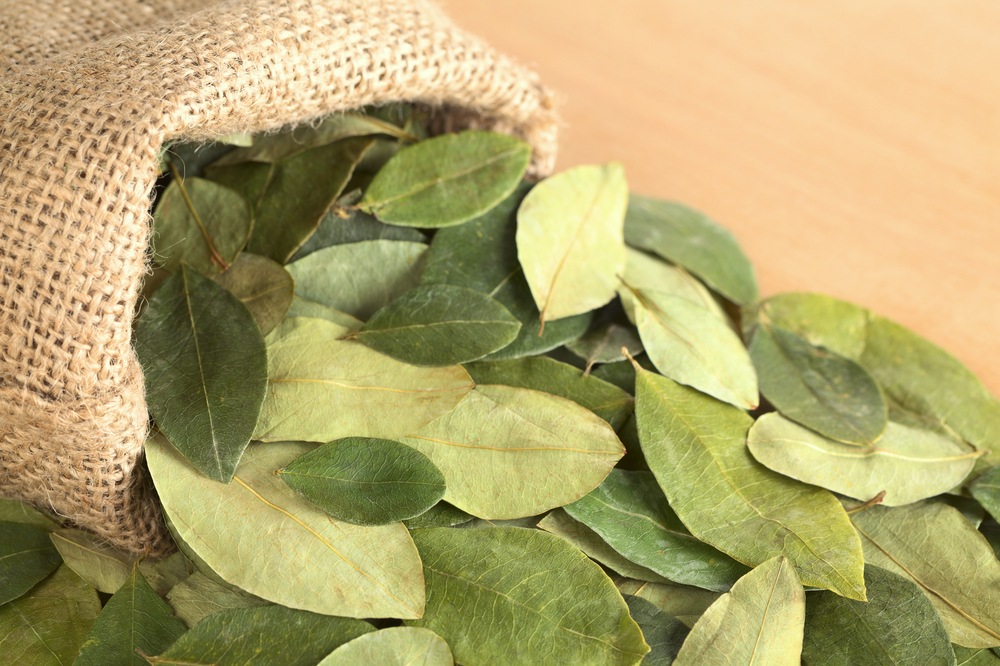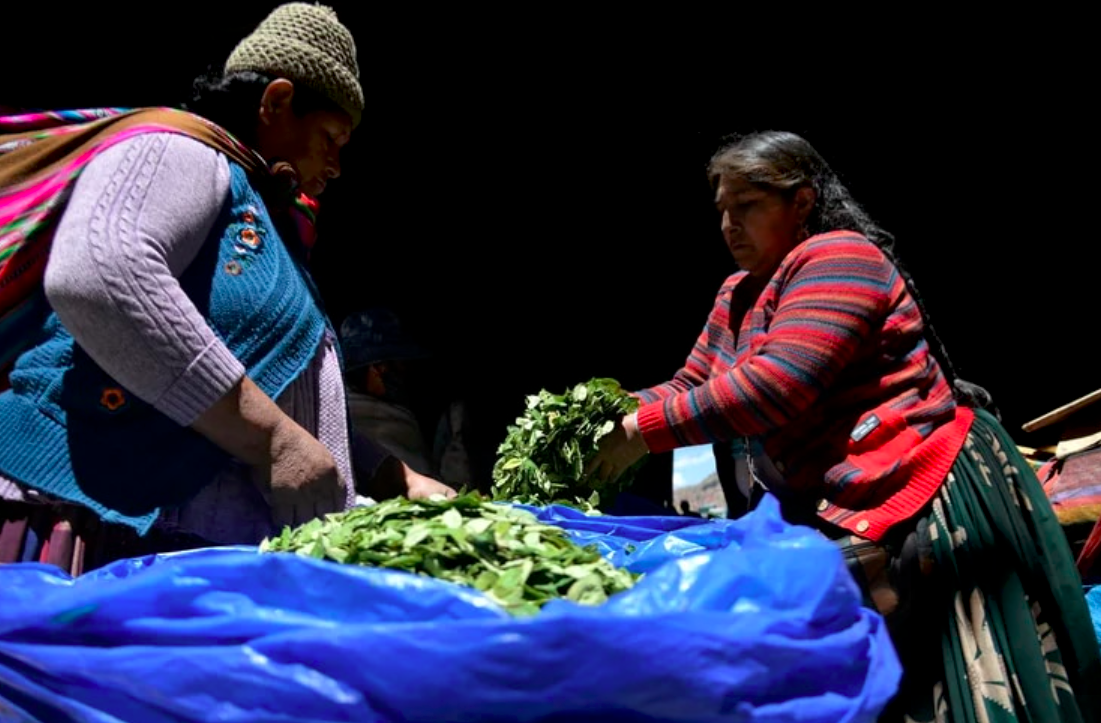Coca leaf crops in Bolivia increased by 4% in 2021, going from 29,400 hectares in 2020 to 30,500 hectares last year, the United Nations Office on Drugs and Crime (UNODC) reported on Tuesday.
These data are in the “Monitoring Report on Coca Crops in Bolivia 2021” prepared by the organization with funding from the European Union (EU) and which was presented at an event with the participation of the Bolivian Minister of Government (Interior), Eduardo of the Castle; and the vice chancellor, Freddy Mamani Machaca.
“We have increased by 4% in Bolivia, in 2020 (were) 29,400 hectares, now we are at 30,500 hectares,” said the UNODC representative in the South American country, Troels Vester.

In the presentation of the organization, it is observed that the greatest increase occurred in the central zone of the Cochabamba Tropics, with 6% more, going from 10,606 hectares of crops in 2020 to 11,270 last year.
In the subtropical zone of Los Yungas de La Paz, the increase was 2%, from 18,302 hectares in 2020 to 18,756 in 2021, while in the north of the La Paz department there was a 9% decrease, from 510 to 464 hectares.
Vester explained that coca leaf plantations in Bolivian protected areas fell by 0.4%, although he highlighted the “differences in the different national parks”, since while in Amboró, in eastern Bolivia, there was a reduction from 72%, in Cotapata, in the north of La Paz, there was an increase of 42%.
The Unodc representative highlighted the Bolivian “government efforts” in the eradication of the so-called surplus crops, since although the increase in area was 4%, the destruction of illegal plantations rose by 334%.
Vester recalled that in 2019, the increase in the area of coca crops was 10% and 15% in 2020. “Based on these figures, we have observed that by 2021, the area of coca cultivation in Bolivia is stable and contained, that is an achievement in itself,” he added.
On the other hand, he anticipated that the Ministry of the Interior was going to present figures “slightly different” from those of the UNODC report, something that occurs for the “first time” in the 18 years preceding the reports prepared by the agency.
Vester assured that Unodc “agrees with the Bolivian government” that “it is time to change and review the methodology” used for the annual measurement of coca plantations, which will begin to be applied for the next report, maintaining the “international standards”.

The EU ambassador in Bolivia, Michael Dóczy, considered “bad news” that the trend of increase in coca crop area since 2019 has not changed, although he stressed that it has been “at a clearly lower rate” and with two considerations.
One is the regional context in which “there is a much greater increase in neighboring countries”, and the other, the global one, in which after the COVID-19 pandemic there has been a global increase in the demand, production and consumption of drugs.
He also expressed his “special concern” about “the expansion of crops in especially vulnerable and sensitive areas in a context of environmental crisis and climate change” and expressed his confidence that the Bolivian government will continue “its efforts in this area.”
Dóczy urged to continue working on the “eradication and rationalization” of coca plantations in addition to betting on “integral development” to give “new sustainable opportunities to coca farmers to have new crops and improve their living conditions.”
The diplomat recalled that the EU is Bolivia’s “largest international donor” for the fight against drugs since 2008, with more than US$100 million, in addition to another US$20 million destined for the comprehensive national development policy.
The coca leaf is enshrined in the Bolivian Constitution for its traditional and medicinal uses, but part of the production is diverted to drug trafficking to manufacture cocaine.
Since 2017, Bolivia has expanded the area of legal cultivation of the plant from 12,000 to 22,000 hectares.
With information from EFE

